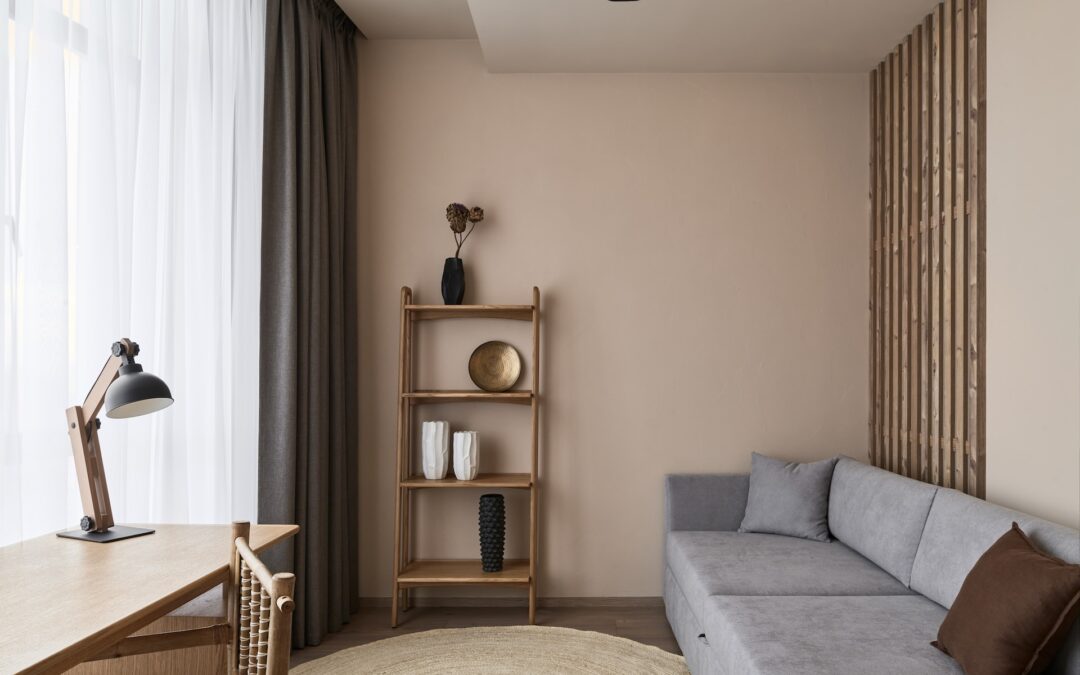Clean upholstered furniture is a must when maintaining a beautiful and comfortable living space. Both residential and commercial property owners understand the importance of regular upholstery cleaning to keep their furnishings fresh, maintain their aesthetic appeal, and ensure a healthy environment free from allergens, dust mites, and bacteria.
Upholstered furniture such as sofas, armchairs, and dining chairs can attract dirt, allergens, and stains, making their maintenance a top priority. Over time, dust accumulation, spills, and daily wear can lead to a dull, discolored, and unpleasant appearance that detracts from your environment’s overall look and feel. Moreover, neglecting upholstery cleaning can cause odors and even lead to health issues for those with allergies or sensitivities to dust, pet dander, and mold. It is crucial to employ proper cleaning techniques and schedule regular professional cleanings to avoid these issues and preserve the longevity of your upholstery.
One of the many advantages of hiring a professional upholstery cleaning company like Power Plus Cleaning and Restoration is the peace of mind knowing that your furniture is in good hands, being treated with care using state-of-the-art equipment and eco-friendly cleaning methods. Our team of skilled technicians has the expertise and tools to eliminate dirt, stains, and allergens from your upholstered furniture, ensuring the fabric remains undamaged and retains its original appearance.
However, upholstery cleaning isn’t just about relying on professionals; there are several do-it-yourself methods and maintenance practices that you can incorporate to keep your furniture looking fresh between professional cleanings. In this guide, we will discuss professional and DIY cleaning techniques and general care tips to help you maintain the beauty and comfort of your upholstered furniture throughout its lifetime.
Armed with this knowledge, you can create a clean and healthy environment where you and your family can relax and savor the beauty of your carefully selected furnishings. So, let’s dive in and explore the world of upholstery maintenance and preservation!
Comprehensive Guide to Maintaining Clean Upholstered Furniture for Ultimate Home Comfort
A comfortable, inviting living space requires clean and well-maintained upholstered furniture. This guide will discuss effective upholstery cleaning techniques, encompassing professional services and do-it-yourself approaches. We will also touch on essential maintenance tips, ensuring that your furniture looks its best for years.
Part 1: Professional Upholstery Cleaning Services
a. Hot Water Extraction
Hot water extraction – often referred to as steam cleaning – is a popular professional upholstery cleaning method. This process involves injecting hot water and a specialized cleaning solution into the fabric and extracting it with a powerful vacuum. The heat and moisture work together to remove dirt, stains, and allergens, leaving your upholstery fresh, clean, and odor-free.
b. Dry Cleaning
Dry cleaning is an excellent choice for delicate or non-colorfast fabrics, such as silk or velvet; water-based cleaning methods may damage that. Professional technicians will apply a dry cleaning solvent to the upholstery, which effectively dissolves dirt, grease, and other contaminants without causing water damage to the fabric. Once the solvent has been applied and allowed to work, it is vacuumed away, leaving your furniture clean and refreshed.
c. Foam Cleaning
Foam cleaning is another professional upholstery cleaning service that utilizes a low-moisture foam cleaning solution. This method is suitable for fabrics that may be sensitive to water damage. The foam is applied to your furniture, allowed to dwell for a short period, and then extracted, removing the dirt and stains.
Part 2: DIY Upholstery Cleaning Tips
a. Vacuuming
Frequent vacuuming is one of the simplest and most effective ways to clean upholstered furniture. Using a vacuum cleaner with a brush attachment, vacuum your furniture regularly to remove surface dirt, dust, and pet hair. Pay particular attention to the crevices and seams, where debris can accumulate.
b. Spot Cleaning
Accidents happen, and it is important to address spills and stains promptly. Blot spills with a clean, dry cloth to absorb as much liquid as possible. Avoid rubbing the spill, as this can cause it to spread. To treat the stain, use a gentle cleaning solution, such as a mix of water and liquid dish soap. Always test your cleaning solution on an inconspicuous area before applying it to the stain.
c. Turning and Fluffing Cushions
Rotating and fluffing the cushions on your upholstered furniture will help ensure even wear. By doing this regularly, you can prevent the development of worn or flattened spots and prolong the life of your cushions.
Part 3: Upholstery Maintenance Tips
a. Avoid Sunlight and Heat
Direct sunlight can cause fading and damage to fabrics, especially over an extended period. Similarly, placing your upholstery too close to heat sources, such as radiators or HVAC vents, can lead to drying and eventual fabric damage. Protect your furniture by placing it away from direct sunlight and heat.
b. Professional Cleaning Schedule
Depending on the use, the recommended frequency for professional upholstery cleaning is every 12 to 18 months. Having a regular cleaning schedule in place will help maintain your furnishing’s appearance and ensure that it remains hygienic.
c. Fabric Protection
A fabric protector can be applied to your upholstered furniture to protect against spills and stains. This treatment helps to reduce the absorption of liquids and makes spot cleaning easier. Professionals can apply a fabric protector after cleaning.
Part 4: Types of Upholstery and Their Cleaning Requirements
Different upholstery fabrics have distinct cleaning requirements; knowing the appropriate care for your furniture is essential. Some common types of upholstery include:
- Natural Fabrics: Cotton, linen, silk, and wool can require specialized cleaning methods suitable for their delicate fibers. Be sure to consult the manufacturer’s care instructions or call Power Plus Cleaning and Restoration for guidance on cleaning these materials.
- Synthetic Fabrics: Polyester, olefin, and acrylic fabrics generally have fewer restrictions, but professional cleaning will still provide the best results and prevent damage.
- Microfiber: This popular synthetic fabric can be cleaned using water-based or solvent-based cleaning methods, depending on the specific type of microfiber. Always consult the cleaning code on your furniture’s label to determine the proper method.
Conclusion
Upholstery cleaning and maintenance are essential for keeping your furniture fresh and inviting. You can ensure the longevity and beauty of your valuable furnishings by incorporating professional cleaning services, DIY techniques, and general maintenance tips. The best approach combines professional cleaning and a proactive, well-informed care routine, providing a clean, comfortable, and aesthetically pleasing home environment that you and your loved ones can enjoy for many years. That said, if you are looking for professional cleaning services, be sure to contact Power Plus Cleaning and Restoration today at 801-CARPETS!




